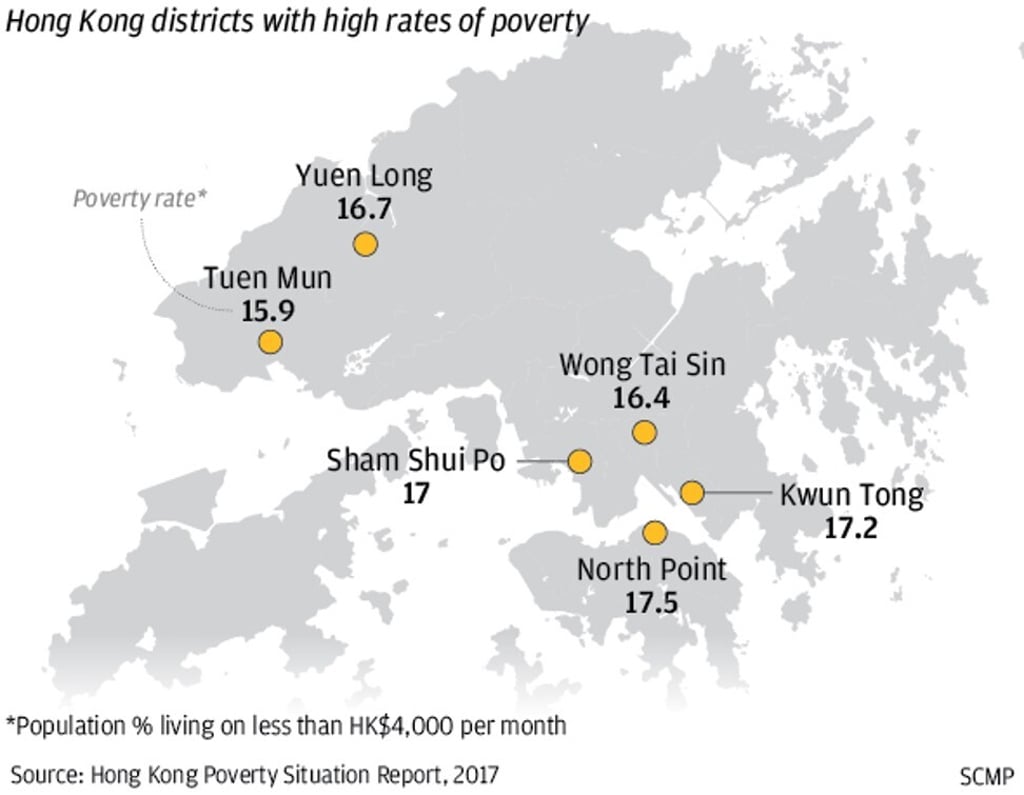Advertisement
Opinion | Give Hong Kong’s poor high-speed internet to help bridge the digital divide
- Lack of access to computers and internet connectivity is leaving poor children and adults struggling in school and at work, the latest data show
- A bold plan offering high-speed internet and computer access for all underprivileged families is needed, especially now as society struggles to recover from Covid-19
Reading Time:3 minutes
Why you can trust SCMP

Helping the poor in Hong Kong involves more than handing out masks. With 31.9 per cent of Hongkongers suffering from a range of chronic illnesses, for example, it makes Covid-19 a particularly nasty ailment to deal with. This pandemic poses challenges that require creative solutions, and not just in public health.
Advertisement
Internet inequality is a case in point. Stuck at home, the poor are constrained by their lack of computers and high-speed internet. The government’s Thematic Household Survey on personal computers and internet penetration, published in March, shows a large gap between the poor and the better-off.
While 96.5 per cent of Hongkongers making HK$50,000 (US$6,500) or more per month have an internet-connected computer at home, only 65.5 per cent of those making HK$10,000 to HK$20,000 do – and just 33.8 per cent of those making less than HK$10,000.
Most access to computing by the poor is through a mobile phone, which has a 91.5 per cent penetration rate. However, a palm-sized device is inadequate for most basic computing tasks at work, such as word processing, spreadsheets and database entry.
Advertisement
Even before Covid-19 struck, internet inequality manifests itself in a learning divide that is well-documented among schoolchildren who are falling behind their peers in education. Schools equalise the socioeconomic playing field by providing students with libraries, computing facilities, face-to-face counselling from school staff, social opportunities with other children and time away from problems at home. Equal access to these resources gives poor children a path to middle-class jobs and higher earnings.
But the pandemic has exacerbated the problem. While it is hard enough for well-equipped students to replicate the school environment at home with notebook computers, video conferencing and multimedia websites, the scholastic experience for the poor is much more limited without them.

Advertisement

